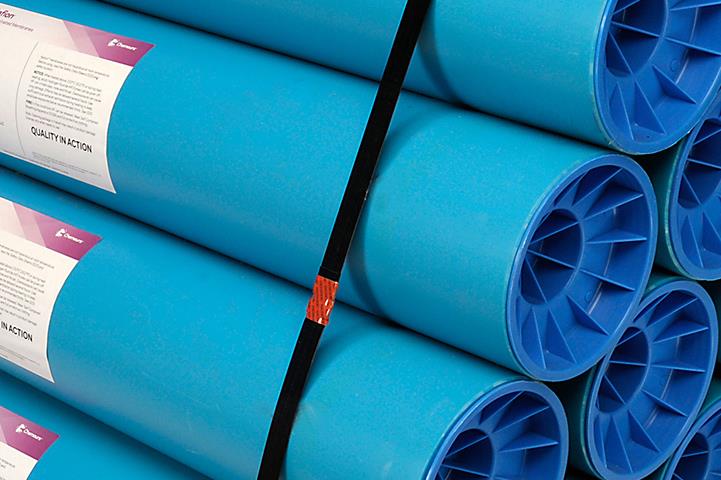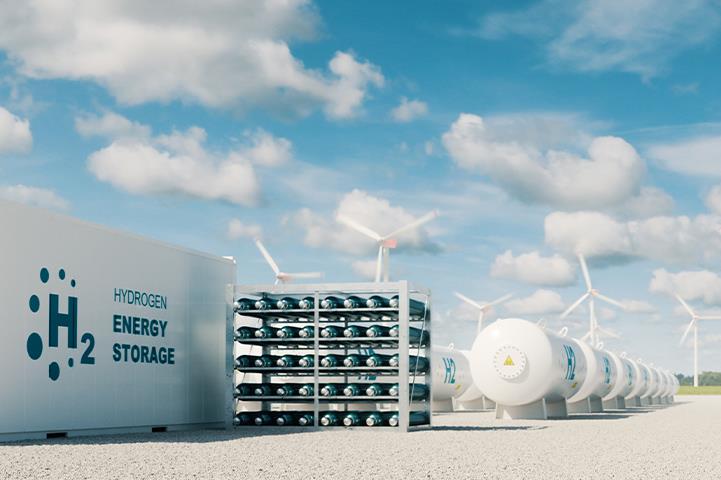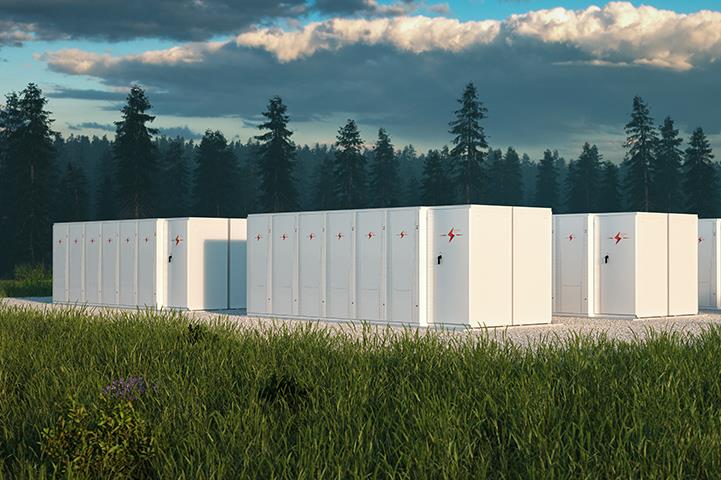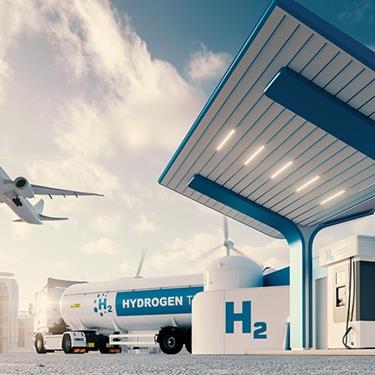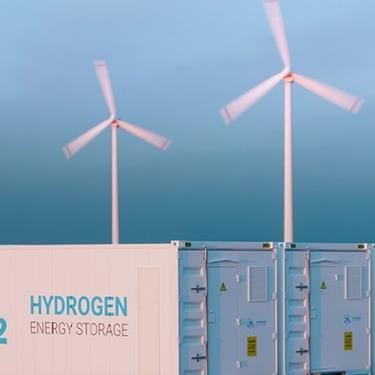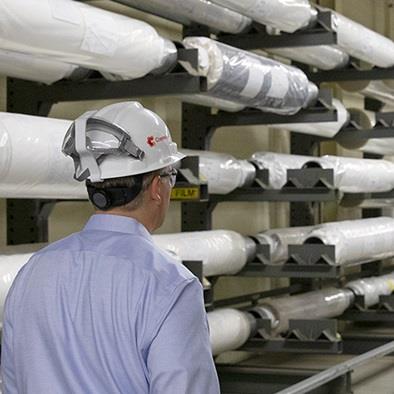Produce the Clean Fuel of the Future Using Nafion™ Membranes
Growing demands for clean energy has focused attention on hydrogen production. Innovators envision a society that uses hydrogen to fuel heating, power cars, and store and transport energy. While these hydrogen fuel cells provide a promising clean fuel target, current production methods rely on fossil fuels that generate greenhouse gas emissions, which contribute to climate change.
The high efficiency and zero-emissions of hydrogen fuel cells reduce greenhouse gas emissions in many applications. When used in a fuel cell, hydrogen produces only water, electricity, and heat. The resulting energy can power cars, remote facilities, and industrial complexes.
Hydrogen also can be used as a storage medium for excess energy produced during peak periods. This enables more effective use of renewable solar and wind energy by balancing the production and consumption of energy.
Growing demands for clean energy has called more attention to the hydrogen production process. While there are different ways to produce hydrogen, using an ion exchange membrane in an electrochemical cell is an environmentally safe way to generate large amounts of hydrogen without carbon dioxide. This application complements the environmental benefits of using a renewable energy source for electricity.
Water Electrolysis Using Nafion™ Membranes
Hydrogen produced through water electrolysis offers a sustainable alternative. Using Nafion™ ion exchange membranes in electrochemical cells offers an environmentally safe way to generate large amounts of hydrogen without carbon dioxide emissions. Nafion™ membranes for water electrolyzers help to reduce disruptions, maintain consistently higher outputs, and promote an environmentally sustainable solution to hydrogen production.
Nafion™ membranes provide very good separation of hydrogen and oxygen gases over a broad range of pressures and temperature during water electrolysis. This process is essentially a fuel cell that runs in reverse, with electricity and water being used to create hydrogen and oxygen.
Nafion™ membranes ensure hydrogen production processes experience minimal disruptions while maintaining higher outputs.
Key features of Nafion™ membranes for hydrogen production include:
- Works under high current densities and low voltages
- Operates over a broad temperature range
- Only needs water (not hazardous caustic chemicals) in the electrolyte
- Performs well, even in challenging conditions
- Very high strength and durability
